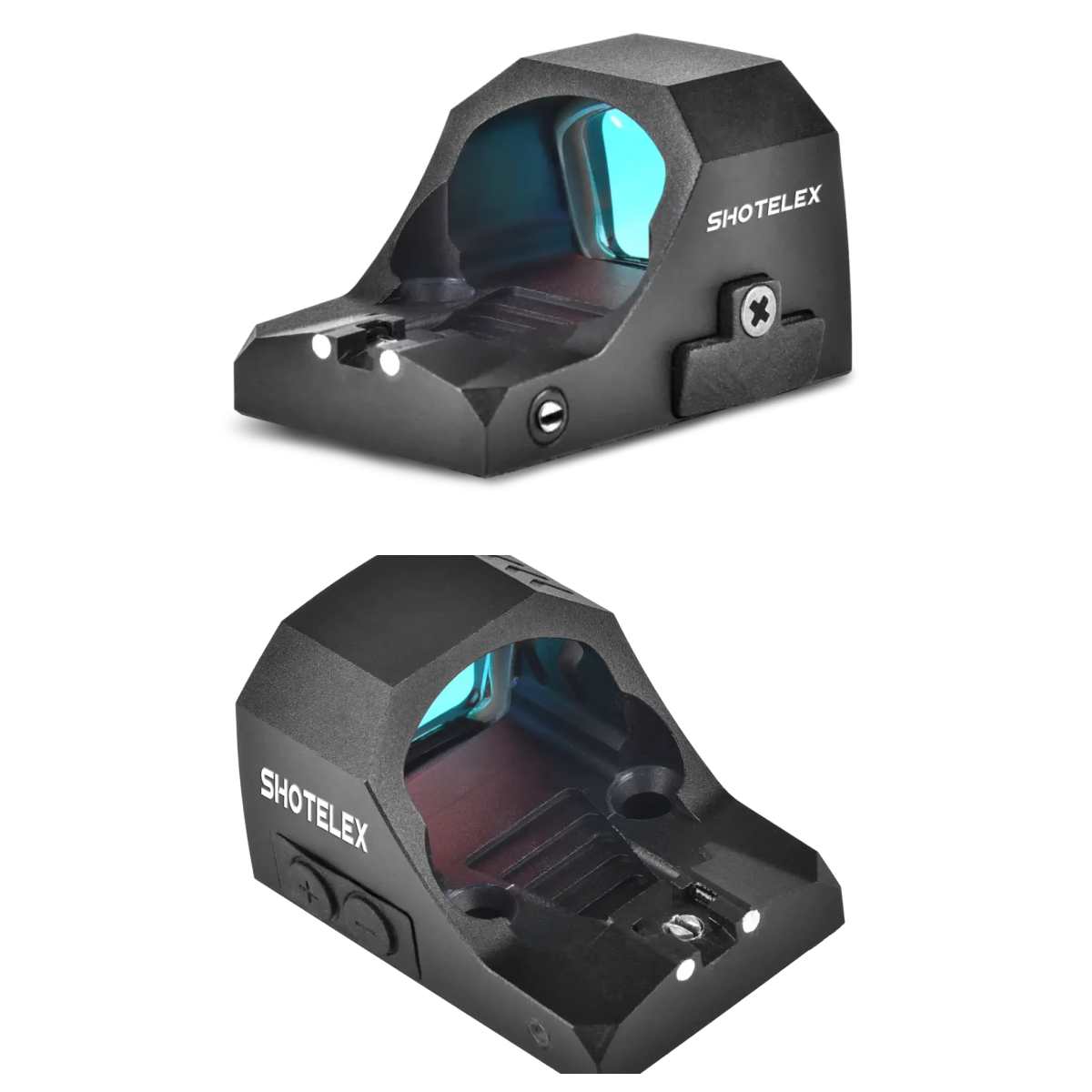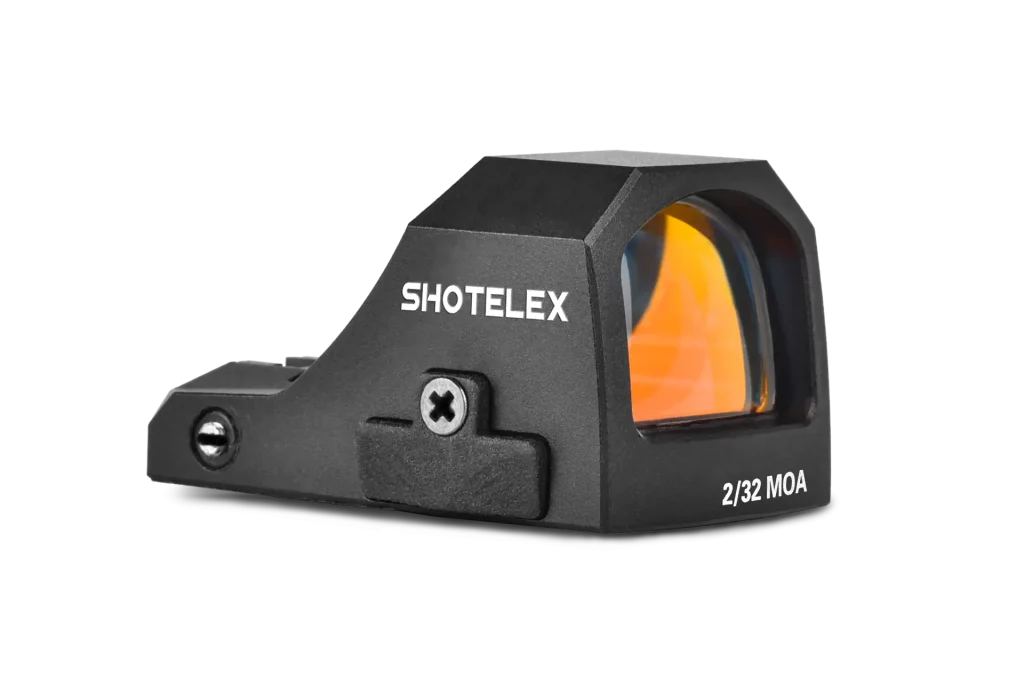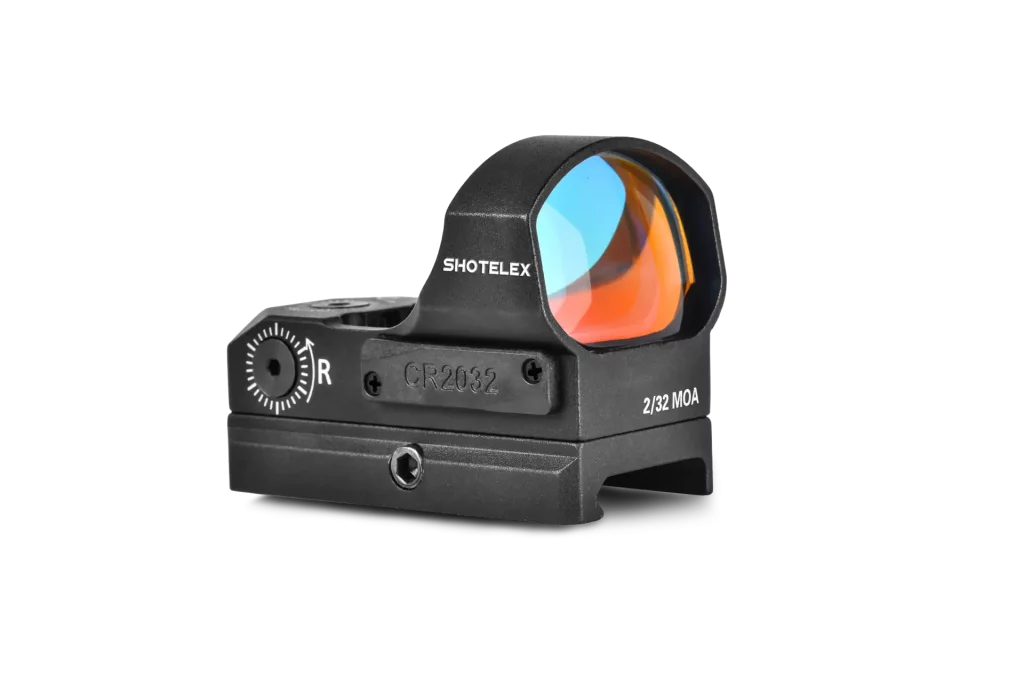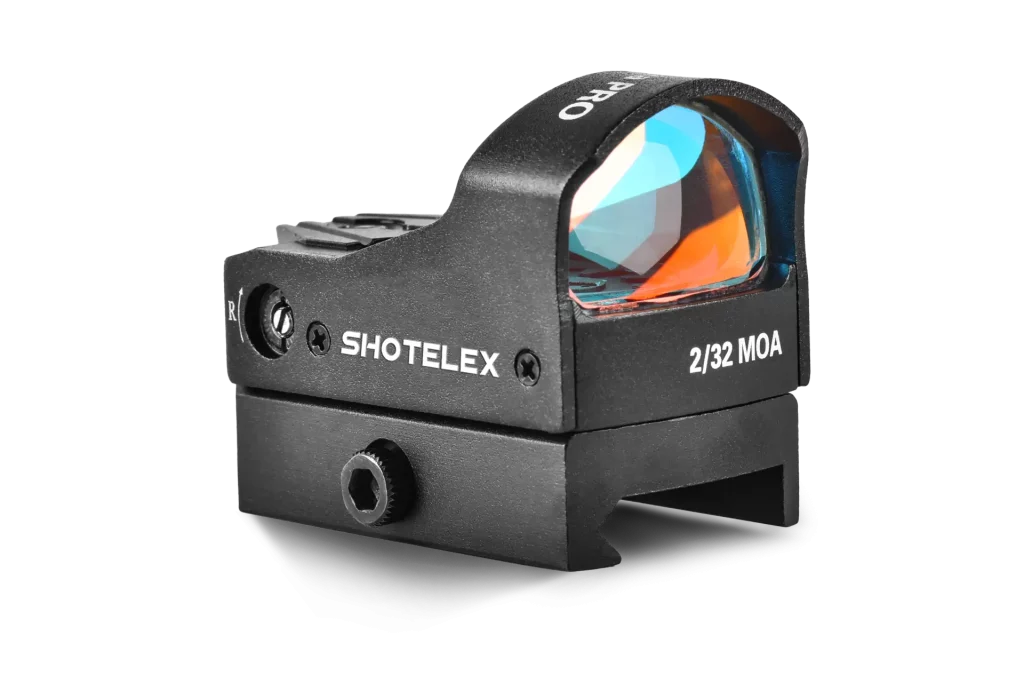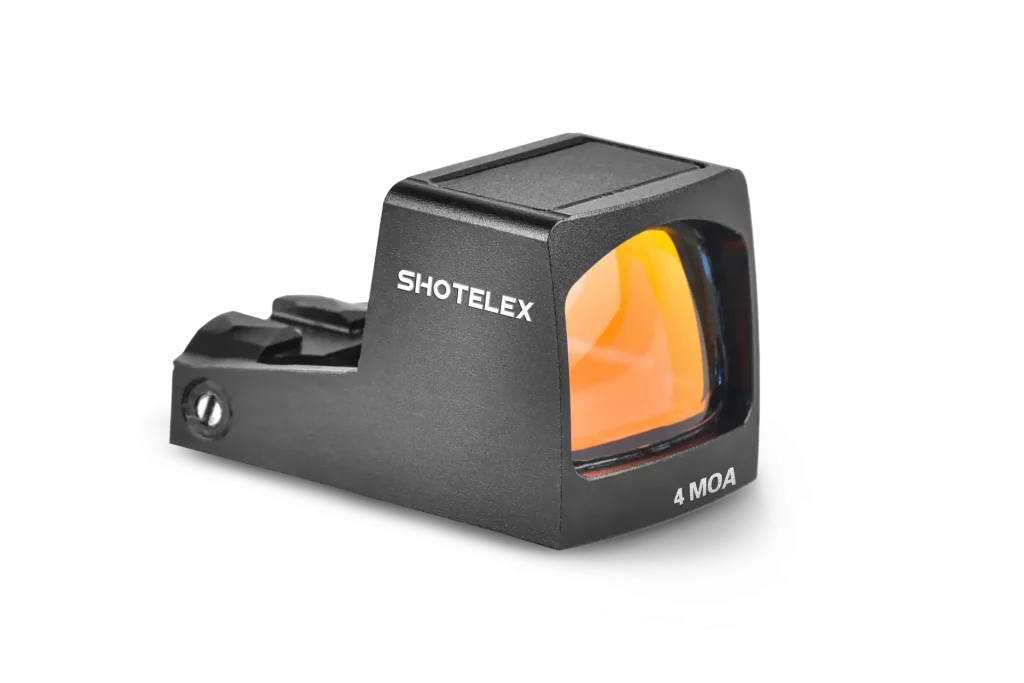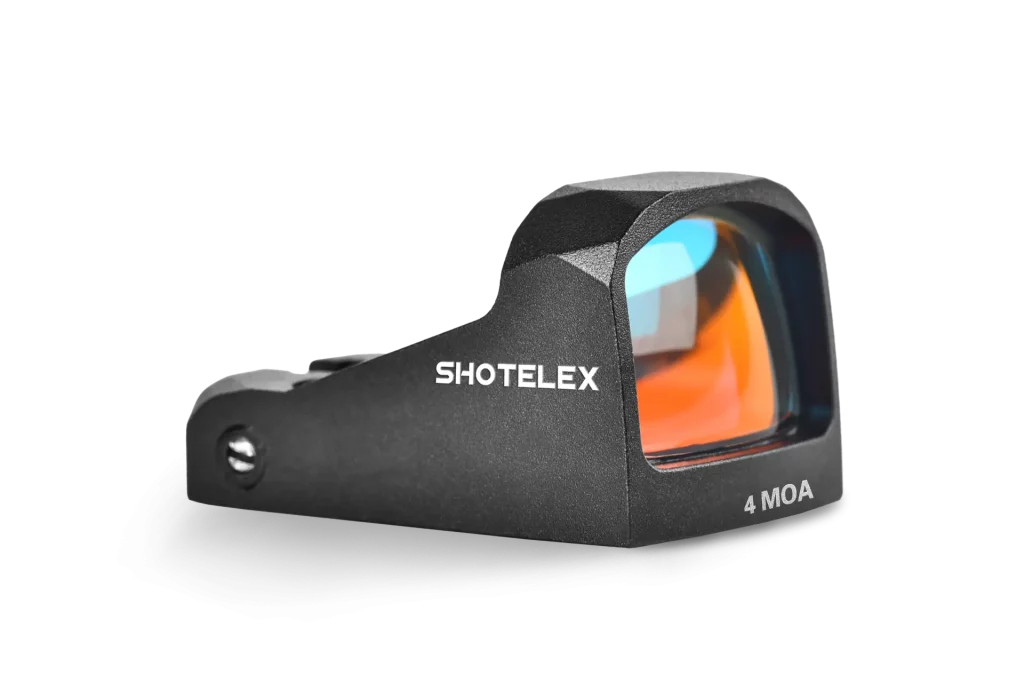How To Sight In a Red Dot Scope Without Shooting?
Many people encounter the same problem when adjusting the red dot sight: the shooting range is far away and the cost of going there is high. The price of ammunition is not low. One round of debugging might consume half a box of bullets. Not to mention that sometimes the environment is simply not suitable for shooting.
Against this backdrop, sighting in a red dot scope without shooting has become an attractive option. It not only enables you to complete most adjustments at home or indoors, but also allows you to directly enter the actual fine-tuning stage when you arrive at the shooting range, significantly saving time and costs.
But to achieve this, one not only needs methods but also an understanding of the underlying principles. Otherwise, even without shooting, it may still be repeatedly inaccurate.
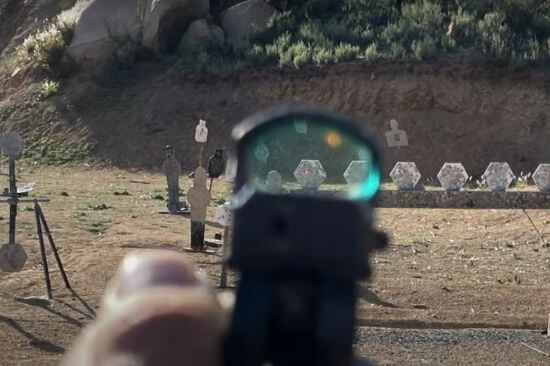
Why Can Sight In a Red Dot Scope Without Shooting?
The working principle of a red dot sight is to project a bright aiming point onto the lens through optical reflection, aligning your eyes with the muzzle direction.
As long as the optical axis of the red dot coincides as much as possible with the ray of the barrel, your aiming point will be close to the position of the impact point.
This means that we don’t need to fire bullets to confirm the trajectory. As long as there is an accurate reference (such as a laser point or a visually estimated target center), and the red dot coincides with this reference, we can obtain an initial zero point that is very close to actual combat.
Although not shooting cannot verify the actual landing position with 100% accuracy, it can minimize the error to the minimum range, and the remaining fine-tuning can be accomplished with very few shots.
Preparatory Work
In any precise adjustment, the quality of the preparation stage directly determines the final effect. To ensure the smooth progress of the entire sight in a red dot scope process, you need to do the following points in advance:
Stable support
Use a gun holder, sandbag or a solid and stable table to keep the gun completely fixed throughout the process. Even a slight shake may cause the position of the red dot to shift.
Clear goals
Place a high-contrast target at a distance of 5 to 10 meters, such as a black and white striped target paper, a circle center with a cross line, or a fluorescent color target. This makes precise positioning easier.
Safe environment
Before starting, it is necessary to confirm that there are no live ammunition in the barrel and magazine, and the ammunition should be stored separately. It is best to choose a quiet, well-lit and undisturbed space for operation.
Required tools
- Endoscopic laser calibrator (inserted into the barrel) or muzzle laser calibrator (installed at the muzzle)
- A screwdriver or special tool required to adjust the red dot scope
- Level (optional, used to ensure that the scope is installed without tilting)
- After the preparations are completed, you can proceed to the core sight in a red dot scope step.
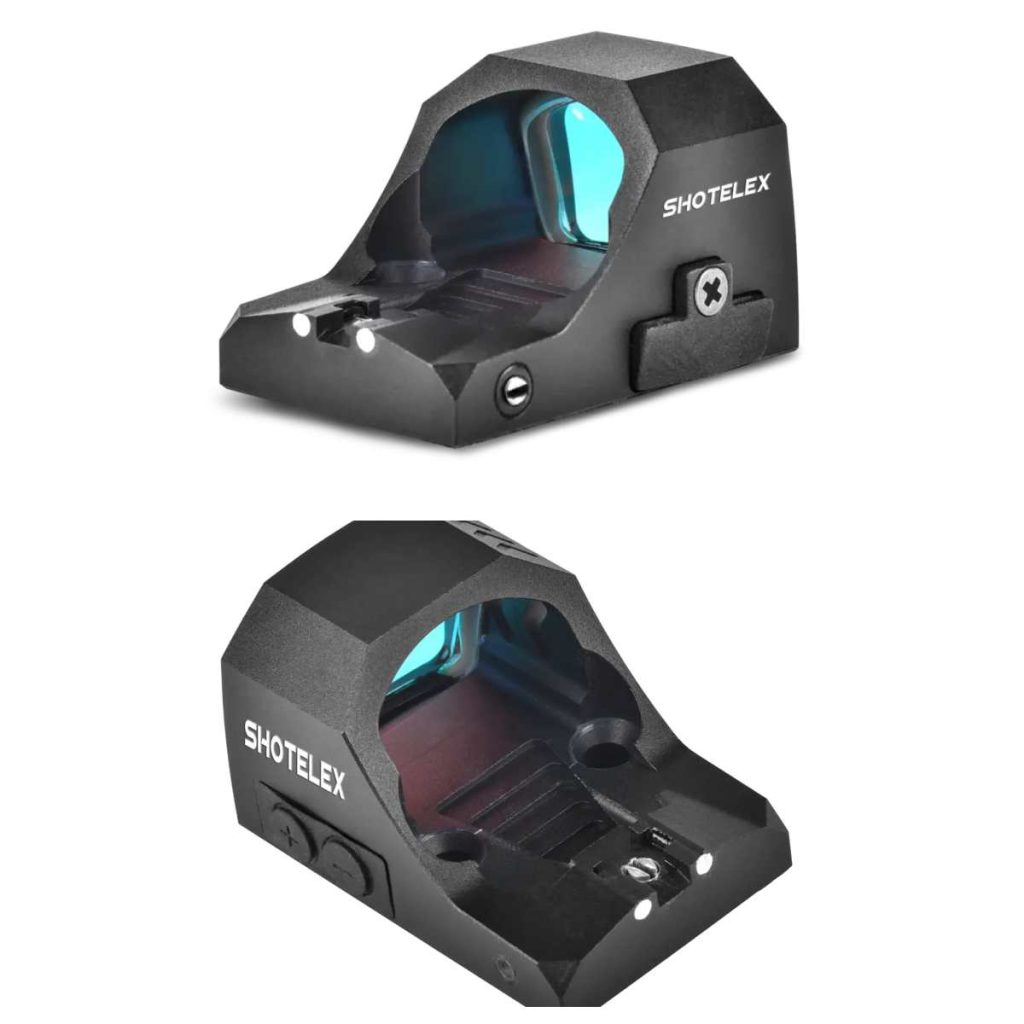
Two Methods For Sighting In a Red Dot Scope Without Shooting
1. Laser sight in a red dot scope Method (Recommended)
This is currently the most popular non-shooting sight in a red dot scope method because it is highly accurate and efficient.
Steps
- Insert the laser calibrator into the gun barrel or install it onto the muzzle, ensuring it is securely fixed and coaxial with the muzzle.
- Turn on the laser and make the light spot precisely fall on the center of the target.
- Without moving the gun, adjust the aiming point of the red dot scope so that the red dot coincides with the laser point.
- After the adjustment is completed, check again whether the laser and the red dot are exactly the same.
Advantages
- High precision, initial adjustment can be completed within a few minutes.
- Laser dots are intuitive and easy to align, reducing visual judgment errors.
Please note:
- It is essential to ensure that the laser is coaxial with the muzzle; otherwise, systematic deviation will occur.
- Avoid external vibrations during use; otherwise, reconfirmation is required.
2. Visual alignment method (tool-free)
If there is no laser equipment at hand, the traditional visual inspection method can be adopted, and the cost is almost zero.
Steps
- Remove the bolt or open the barrel to ensure that the line of sight can pass directly through the barrel.
- Fix the gun, observe the target through the barrel, and aim the muzzle at the center of the target.
- Keep the gun completely still, and then adjust the red dot scope so that the red dot aligns with the center of the target.
Advantages
- No additional equipment is required and it can be carried out at any time.
- It is also applicable to old-fashioned or specific models of firearms.
Disadvantage
- Accuracy depends on the stability and vision of the observer and is prone to minor deviations.
- Maintaining a posture for a long time may not be comfortable enough.
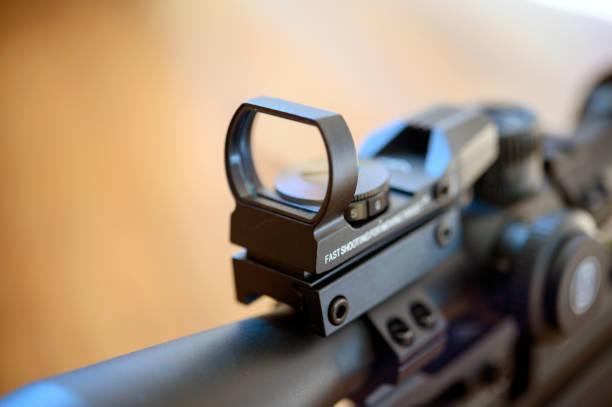
How Can Sight In a Red Dot Scope Be Made More Efficient?
No matter which method is used, mastering some skills can make your sight in a red dot scope process smoother:
- It is recommended to adjust the sequence first in the vertical direction (up and down), and then in the horizontal direction (left and right). This can avoid repeated back-and-forth corrections.
- Each adjustment should be as small as possible. Multiple fine-tuning is easier to approach the target position than a single large adjustment.
- After the adjustment is completed, remember to tighten the fixing screws to prevent displacement due to vibration during use.
- Avoid overadjustment, that is, adjusting too much at once and then adjusting it back. This will waste time and increase errors.
How To Check The Accuracy Without Shooting
Although the point of impact cannot be fully verified without shooting, it can be checked by the following methods:
- After the adjustment is completed, keep the gun fixed and observe the target again to confirm that the red dot still coincides with the reference point.
- Repeat the verification at different distances (for example, 5 meters, 10 meters) to observe whether there is any obvious offset.
- Make sure your eyes are in the center of the scope when aiming to reduce the impact of parallax.
Final Thoughts
The method of sighting in a red dot scope method without shooting can enable you to directly approach 90% accuracy, while the remaining 10% needs to be completed with live ammunition.
After arriving at the shooting range, just fire a small number of bullets, observe the position of the impact point, and then make a very small adjustment to complete the final zero point setting. This method can save a great deal of time and ammunition compared to debugging from scratch.
Sighting the red dot sight without shooting not only overcomes the limitations of the shooting environment but also significantly reduces the debugging cost. Whether you choose the laser method or the visual inspection method, as long as you master the correct steps and techniques, you can complete most of the work at home and leave the time at the shooting range for real training and actual combat.

